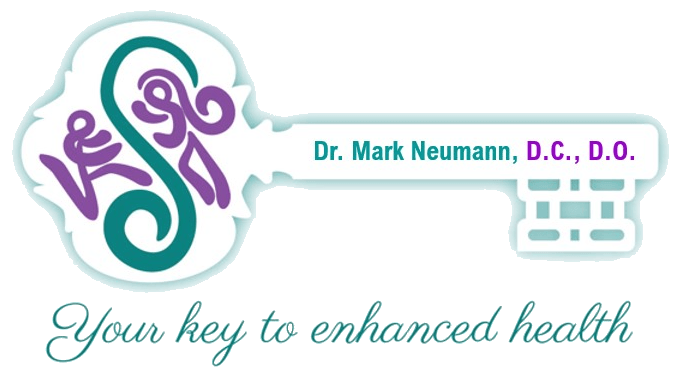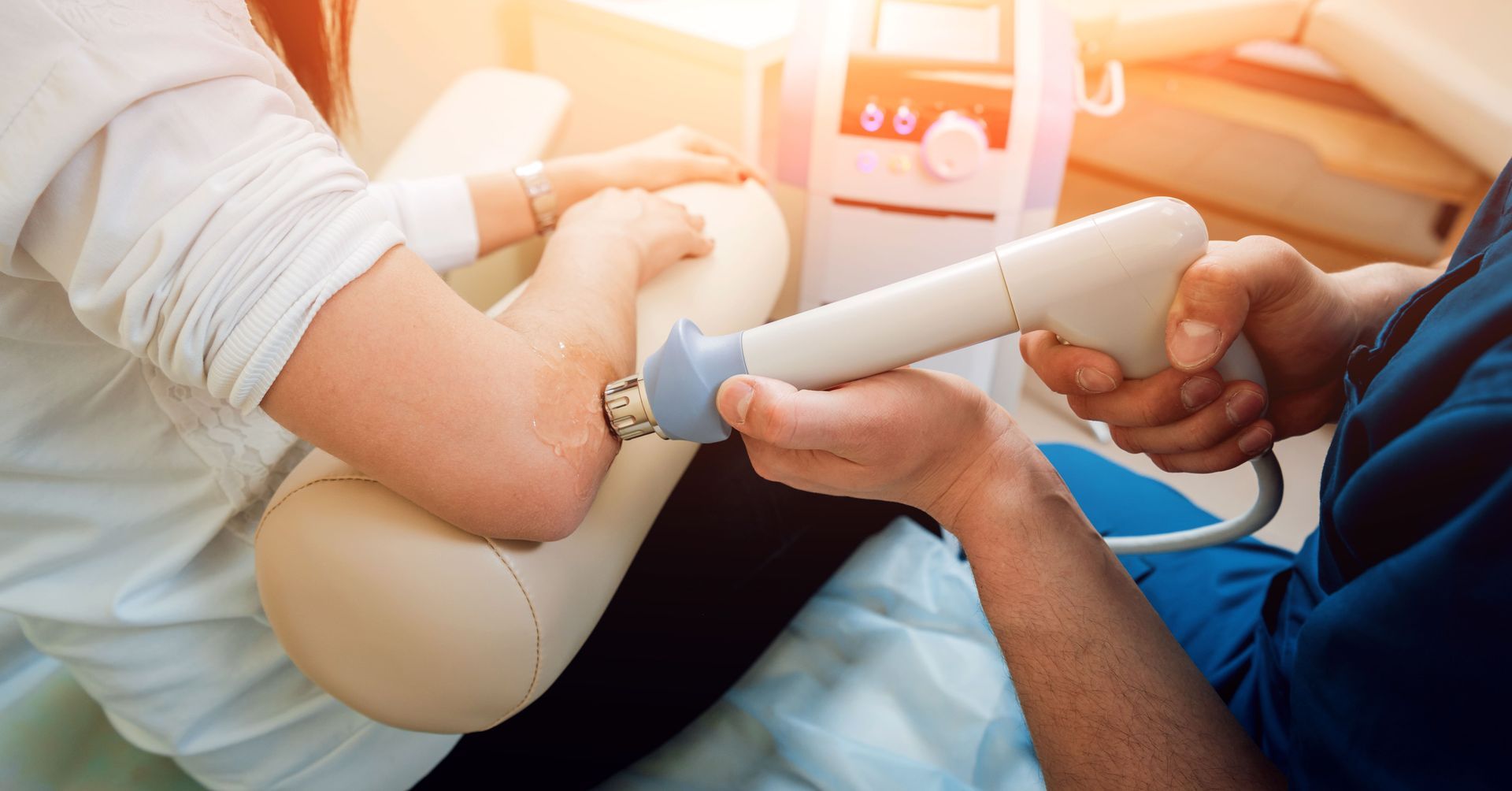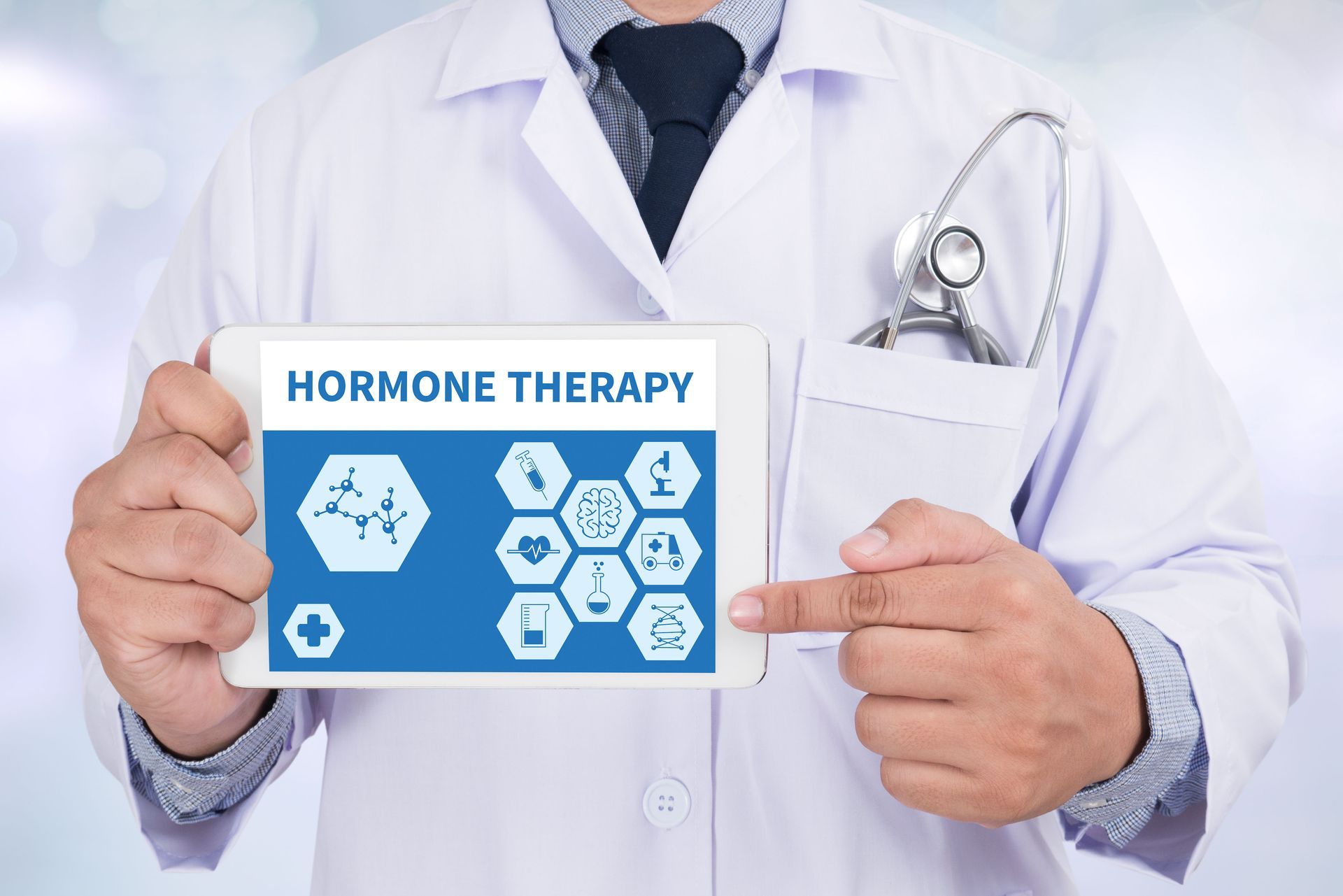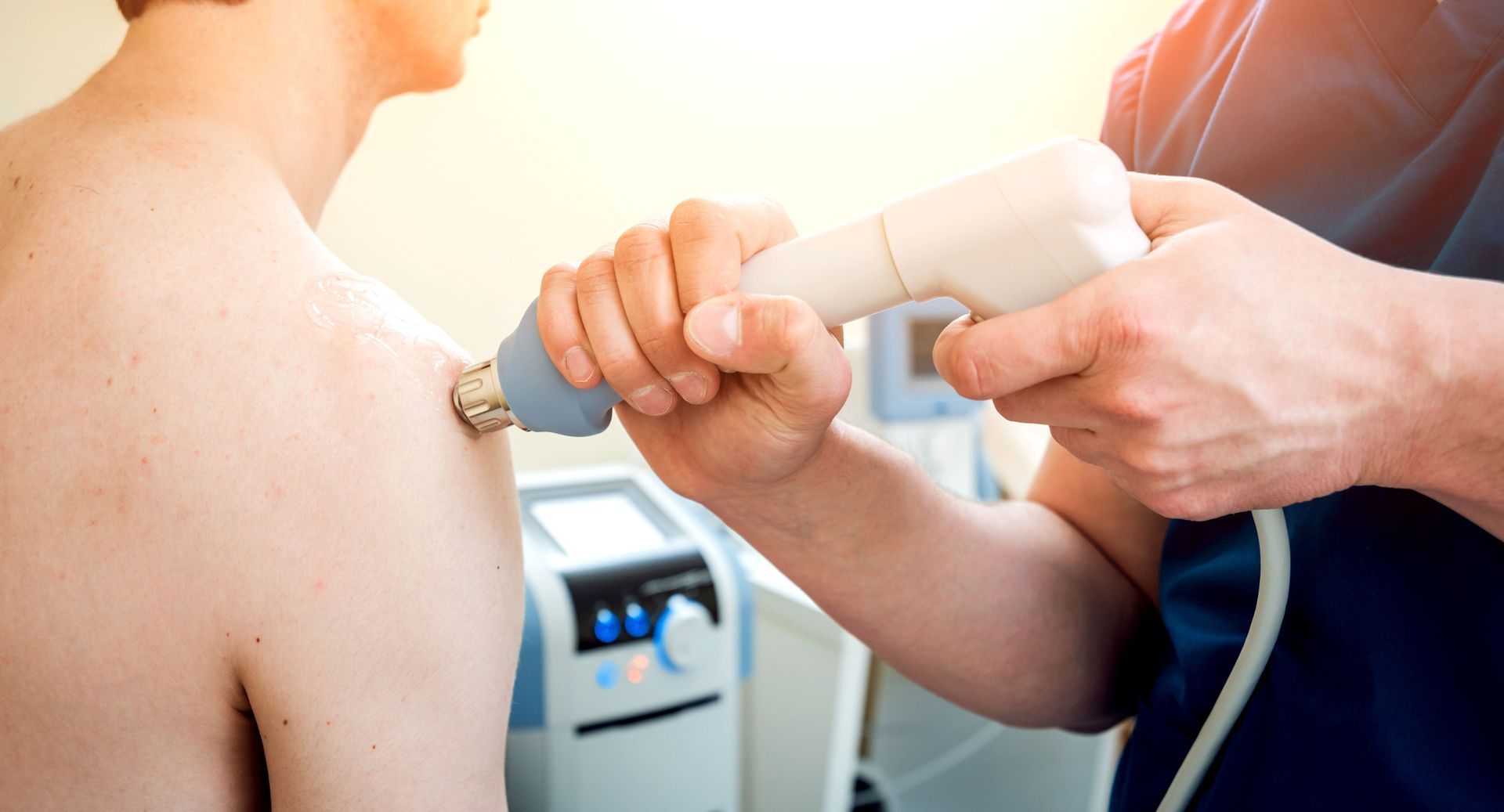6 Questions to Ask Your Doctor About Cold Laser Therapy
Cold laser therapy, also known as low-level laser therapy (LLLT), is an emerging treatment that uses low levels of light to stimulate healing in various types of tissues. While it has gained popularity for its non-invasive nature and potential benefits, it’s important to have a thorough discussion with your healthcare provider before proceeding. Understanding how cold laser therapy works, its potential benefits, and any risks involved can help you make an informed decision about whether this treatment is right for you.
1. What Conditions Can Cold Laser Therapy Help Treat?
One of the first things to clarify with your doctor is whether cold laser therapy is appropriate for your specific condition. This treatment is often used to manage pain, reduce inflammation, and accelerate healing in soft tissues. Many patients seek cold laser therapy for conditions such as arthritis, back pain, tendonitis, and sports injuries. It is also being explored for nerve-related conditions, including carpal tunnel syndrome and neuropathy.
By understanding what conditions cold laser therapy is most effective for, you can determine whether it aligns with your health goals. Your doctor can also provide insights into how the treatment may complement other therapies you’re undergoing.
2. How Does Cold Laser Therapy Work?
Understanding the mechanism behind cold laser therapy can provide confidence in its potential effectiveness. The therapy uses low-intensity light photons to penetrate the skin’s surface, stimulating cellular activity. Unlike traditional lasers used for surgical procedures, cold laser therapy does not generate heat, making it a pain-free option.
These light photons interact with cells to promote tissue repair, reduce inflammation, and improve blood circulation. The process is believed to enhance the production of adenosine triphosphate (ATP), which fuels cellular function and regeneration. Ask your doctor how these biochemical changes might specifically help your condition and whether scientific evidence supports its use for your symptoms.
3. What Should I Expect During a Session?
Knowing what happens during a typical cold laser therapy session can help alleviate any concerns you may have. Treatments are usually quick and painless, with sessions lasting about 30 minutes, according to MedicalNewsToday, but this can depend on the targeted area and severity of the condition.
During the session, a handheld laser device is applied directly to the skin. You may feel a slight tingling sensation or warmth, but most patients do not experience any discomfort. Many people appreciate the convenience of cold laser therapy since it requires no downtime, allowing them to resume daily activities immediately after treatment.
Be sure to ask your doctor whether you need to follow any specific aftercare instructions and what kind of results you might notice after each session.
4. Are There Any Risks or Side Effects?
Although cold laser therapy is generally considered safe, discussing potential risks and side effects with your doctor is important. This therapy is non-invasive and drug-free, making it an appealing option for many patients. However, as with any treatment, individual reactions can vary.
Some patients may experience mild skin irritation, temporary discomfort, or dizziness after treatment. Additionally, cold laser therapy may not be suitable for individuals with certain medical conditions, such as cancer, or for those who are pregnant. Your doctor can help determine if any contraindications apply to your situation.
5. How Many Sessions Will I Need?
The number of sessions required varies depending on the condition being treated, its severity, and your body’s response to the therapy. In our experience, some patients report noticeable improvements after just a few sessions, while others may need ongoing treatment over several weeks.
In our experience, a treatment plan may include multiple sessions per week for a few weeks on average, followed by periodic maintenance treatments. Ask your doctor how many sessions they recommend for your specific condition and what signs of improvement you should look for. It’s also helpful to discuss how your progress will be monitored and when adjustments to the treatment plan might be necessary.
Asking the right questions before starting
cold laser therapy is essential to making informed healthcare decisions. While this treatment offers a non-invasive and potentially effective way to reduce pain and promote healing, its suitability varies from person to person. By discussing these key questions with your doctor, you can better understand how cold laser therapy fits into your overall treatment plan and what results to expect. Contact Dr. Mark Neumann today.











Share On: